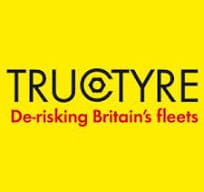De-risk the tyre to de-risk the fleet.
Our mission is to remove or mitigate every tyre related risk faced by Britain’s fleet of trucks, trailers, buses and coaches. We will deliver this mission by doing our job of:
Getting tyres fitted fast.
Getting upstream of potential problems to increase uptime and save money.
And coming to the rescue when the mission hangs in the balance.
De-risking is not just for tyres and trucks. It happens everywhere, and there are some common themes. We asked three people who work in three different industries, to explore what de-risking means to them.
De-risking and transportation
De-risking the tyres to de-risk the fleet removes some of the hurdles to achieving excellent ‘on time in full’ (OTIF) results. If only logistics and transportation was so easy that it was just tyres to de-risk.
We asked Paul Allera, technical director of the Road Haulage Association, for his thoughts on de-risking.
Always look at it from both sides – we’re doing it, but what are the risks.
Keeping the operation black and white means doing things properly.
Keep an eye on the de-risking prize, it is easy for other departments, with other priorities, to dilute a de-risking exercise.
There is always something else that is competing for attention and teams with other points of view. But by finding a great balance and ensuring vehicles are available for inspection and maintenance, de-risking the tyres will benefit every stakeholder in the operation, especially the customer. Trade associations help their members de-risk their business; Tructyre de-risk Britain’s fleets.


